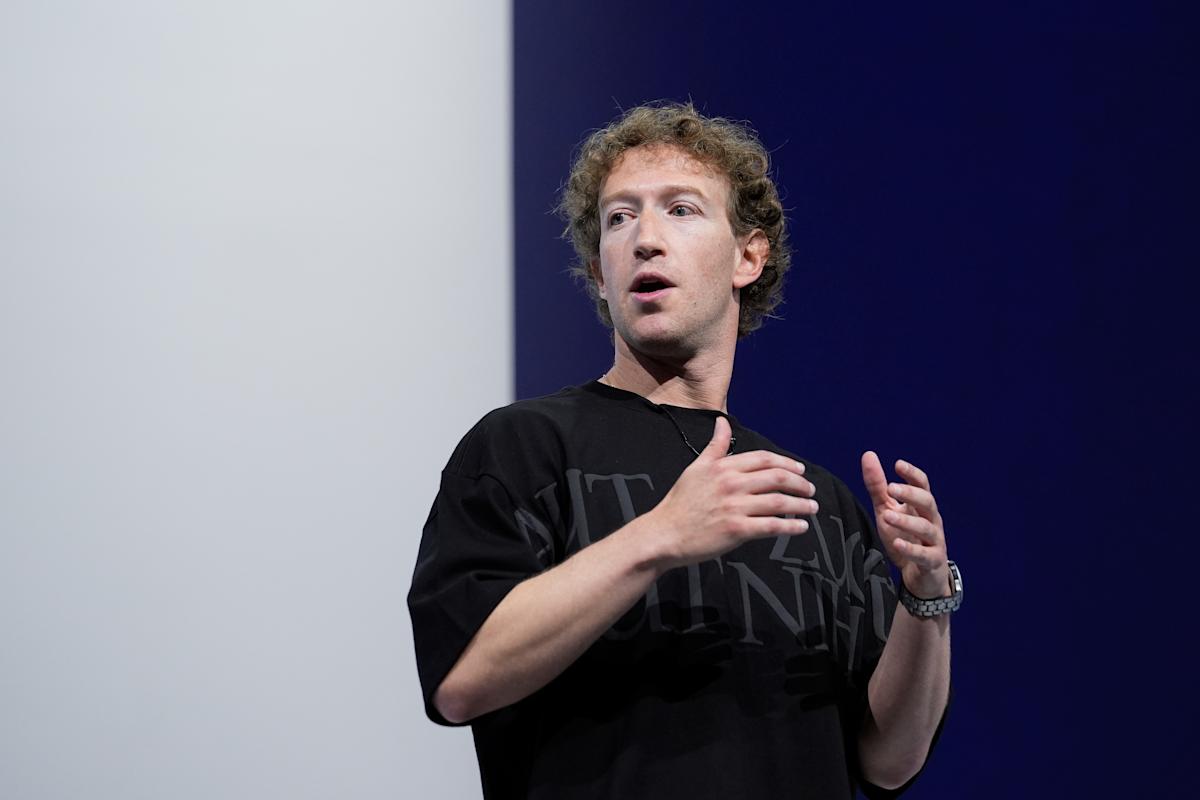Meta Connect 2025 Unveils Hypernova Smart Glasses, AI Advances and Metaverse Updates

Key Points
- Meta Connect 2025 introduced Hypernova, the first consumer‑ready Meta glasses with a built‑in display.
- Hypernova pairs with an EMG wristband for gesture‑based control and may be sold as Celeste.
- The glasses are expected to launch later in the year at a premium price point of around $800.
- Meta AI expands with new multilingual character‑driven bots and continued safety measures for teen users.
- Development of the Llama 4 model has been delayed, with internal challenges noted.
- Horizon Worlds will feature AI‑powered NPCs, enhancing the metaverse experience.
- Third‑party VR headsets from ASUS, Lenovo and Xbox are set to run Meta’s Horizon OS, with advanced tracking features.
- Meta plans to broaden its smart‑glasses developer ecosystem beyond its own apps.
- Potential high‑fashion collaborations, such as with Prada, could accompany future glasses releases.
Meta Connect 2025, the company’s annual AR, VR, AI and metaverse showcase, featured a lineup of announcements that highlighted the next generation of smart glasses, new AI capabilities, and future metaverse software. Mark Zuckerberg opened the event with a keynote, followed by developer sessions. The centerpiece, dubbed Hypernova, is the first consumer‑ready Meta glasses with a display, paired with a gesture‑control wristband. AI updates included broader language bots and hints about the delayed Llama 4 model, while Horizon Worlds received a preview of AI‑driven NPCs and third‑party VR headset collaborations.
Event Overview
Meta Connect 2025 took place with Mark Zuckerberg delivering an opening keynote, followed by a developer‑focused session the next morning. The event’s format differed from previous years, but retained its focus on the company’s core pillars of augmented reality, virtual reality, artificial intelligence and the metaverse.
Hypernova Smart Glasses
The headline announcement was the Hypernova smart glasses, the first Meta frames to incorporate a built‑in display. The display is positioned on one side of the lenses and is designed for brief interactions such as notifications and photo previews, rather than immersive augmented reality experiences. Hypernova is expected to ship later in the year and may be marketed under the name Celeste. It will be sold with a dedicated wristband that uses EMG sensors to translate hand gestures into commands, extending the glasses’ control options.
Pricing expectations place Hypernova around $800, positioning it as a premium offering compared with the company’s existing Ray‑Ban Meta line, which typically sells for about $300. The higher price suggests a more limited market appeal. Analysts have noted that Hypernova’s share of the overall smart‑glasses market is likely to be small.
In addition to the display‑equipped model, Meta hinted at an updated version of its existing Ray‑Ban Meta glasses without a display. The refreshed frames are expected to feature improved cameras, longer battery life and new AI functionalities. Both sunglasses and clear‑frame variants may be offered.
AI Developments
Artificial intelligence remained a central theme throughout the event. Meta’s AI platform, Meta AI, continues to serve a large user base, and the company is expanding its portfolio of character‑driven chatbots to support non‑English languages. Recent safety measures have limited teen access to user‑generated characters.
Zuckerberg referenced the company’s ambition to develop “superintelligence,” noting ongoing restructuring of Meta’s AI teams and a hiring push for senior researchers and executives. The larger Llama 4 model, however, has been delayed, with internal reports indicating challenges in improving the model. There are indications that Meta may be stepping back from an open‑source approach to its AI models.
Metaverse and VR Outlook
Metaverse updates were highlighted through a preview of Horizon Worlds. Meta announced plans to integrate AI‑powered non‑player characters (NPCs) into the virtual environment, showcasing how generative AI can enrich user experiences.
While no new Quest headsets were introduced, the event teased collaborations with third‑party hardware manufacturers. Companies such as ASUS, Lenovo and Xbox have been working on devices that will run Meta’s Horizon OS, with ASUS potentially being the first to launch a headset featuring face‑ and eye‑tracking capabilities.
Additionally, Meta hinted at a future iteration of its holographic Codec avatars, suggesting a more rudimentary version could run on Quest 3 devices or be used in video calls on WhatsApp and Messenger.
Developer and Third‑Party Plans
The developer track at Connect indicated that Meta is preparing to open its smart‑glasses platform to a broader set of developers. Historically, Ray‑Ban Meta and Oakley glasses have been limited to Meta’s own ecosystem, with a few exceptions such as Spotify and Audible. Expanding third‑party access could enable new applications and services on the glasses.
Meta also reaffirmed its partnerships with fashion brand EssilorLuxottica, suggesting that future glasses may carry high‑fashion branding, potentially including collaborations with Prada.